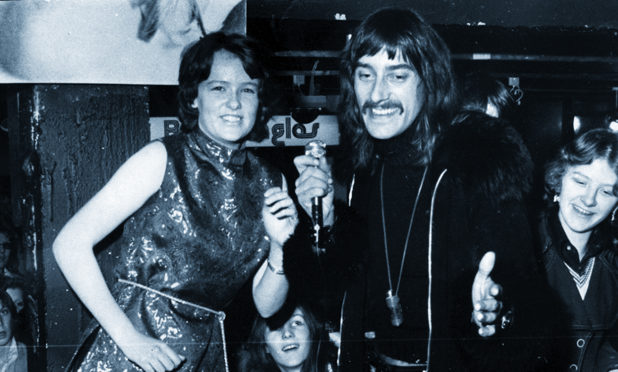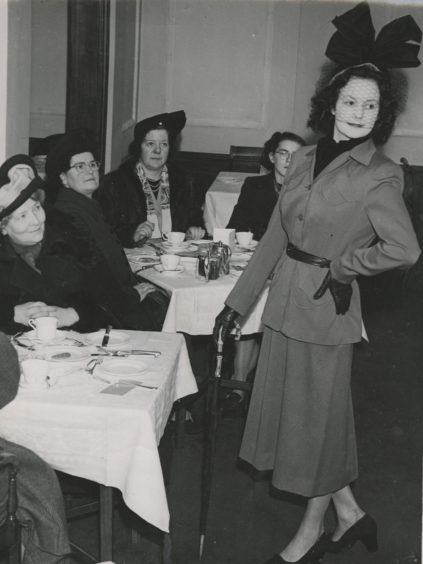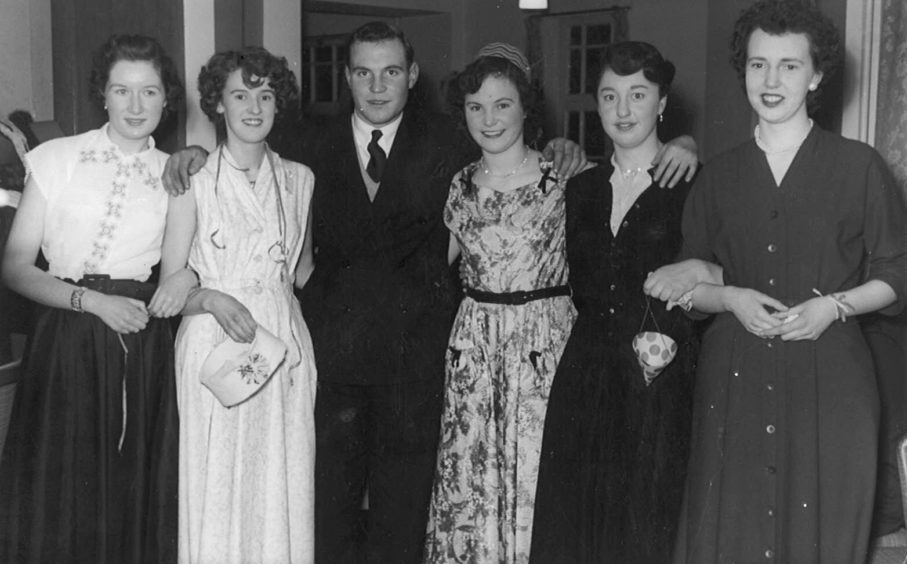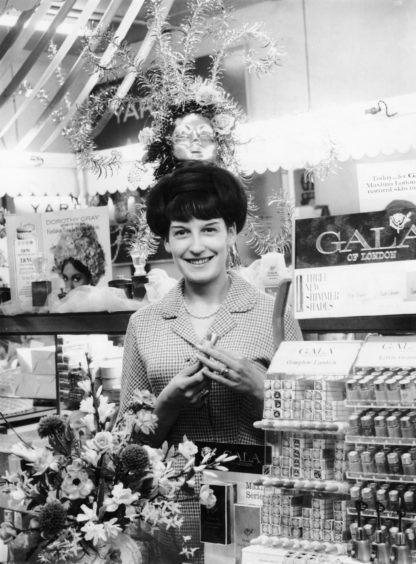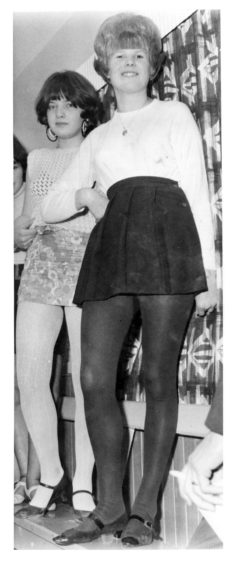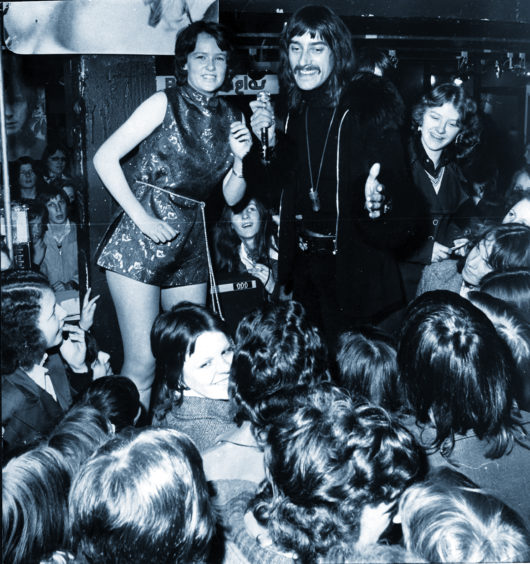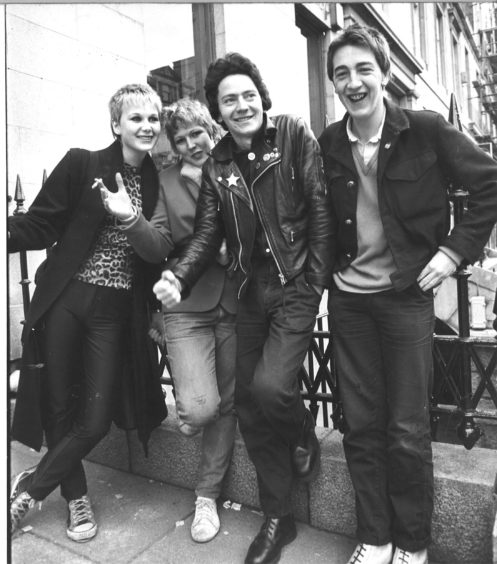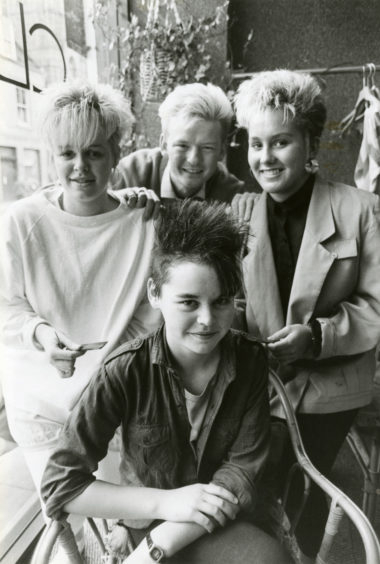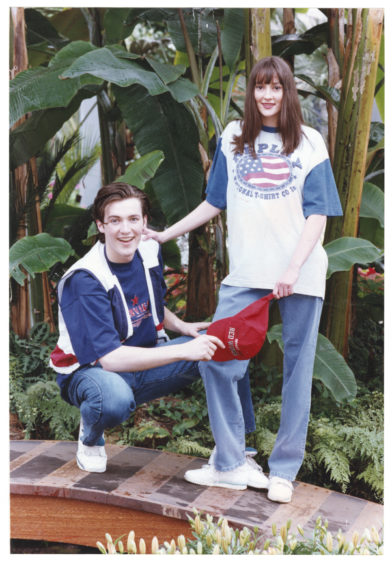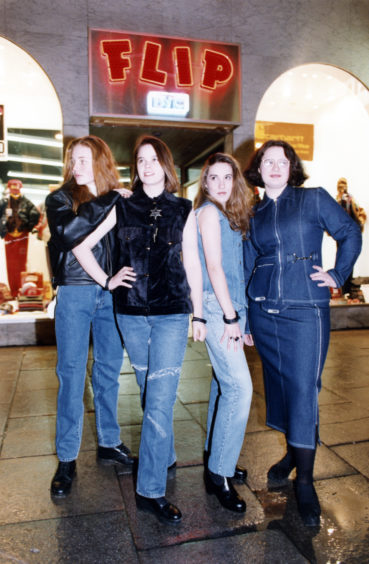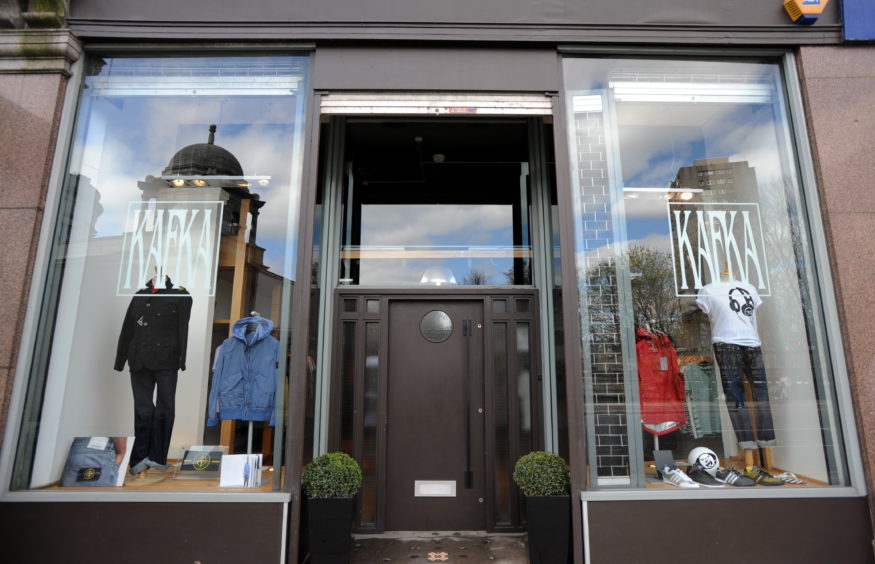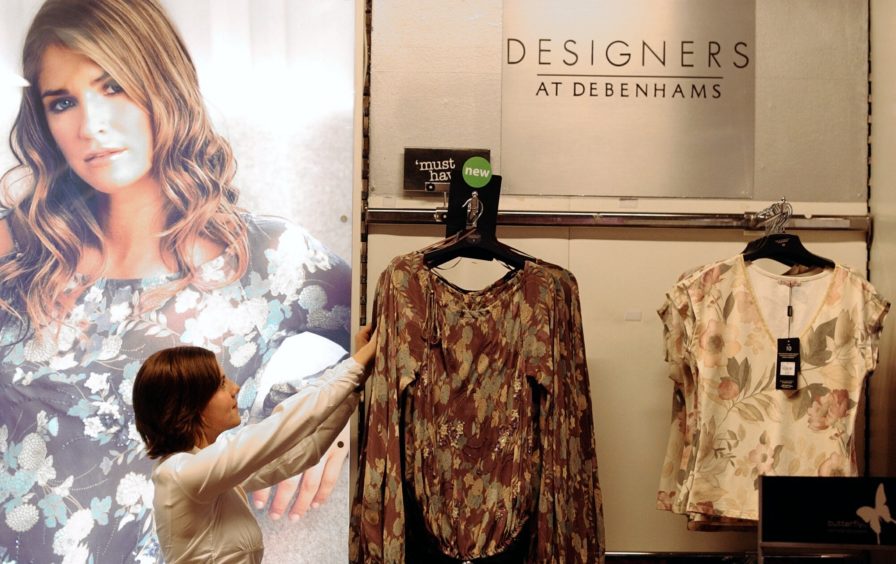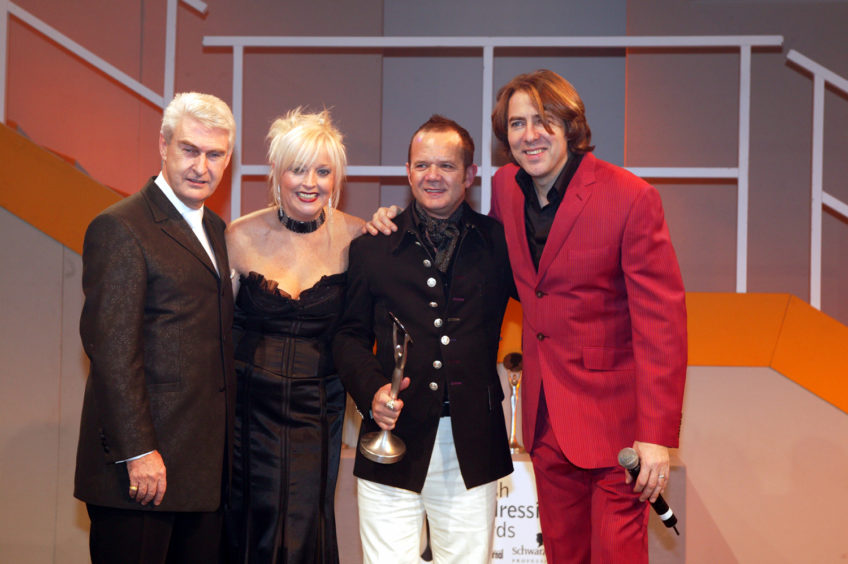Aberdeen might be known for its grey granite, but the people of the city are a colourful bunch when it comes to fashion.
Clothes shops and fashion stores have been a mainstay of the city, with the people of the north-east quick to take the trends and styles are of the day.
In some cases, like city-born designer Bill Gibb, we even set them.
Each brought its
own look and its
own memories.”
Fashion, of course, is shaped by the times we live in, the mood of the nation, the social trends, changing wildly from prim post-war austerity, through to the colourful explosion of the Swinging 60s, then the shifting mood of the decades that followed.
Each brought its own look and its own memories for those who lived through the heights of fashion – and some of the more forgettable looks.
Mary McGowne, founder of the Scottish Style Awards, helps us take a look at the changing face of Aberdeen fashion over the years.
The 1950s
As the nation rebuilt a better future after the devastation of the Second World War, there was a renewed sense of optimism in Aberdeen. That came with growing prosperity with the rise of women going back to work.
More disposable income meant more freedom and individuality. This was the era of twinsets, waistlines and big skirts and the rise of “ready to wear” fashion.
Mary said: “St Nicholas Street developed into a retail mecca with numerous tailors and fashion shops. The creation of what would become known as ready-to-wear fashion could be found in the Esslemont and MacIntosh on Union Street.
“This grand and glamorous shopping institution had a popular fragrance and cosmetics hall and was much-loved by style mavens who could source ladylike prom apparel, and later, the beatnik ‘sweater girl’ fashions of the day.”
Typical of Aberdeen, men were quick to be at the forefront of fashion, too.
“For men, Claude Alexander carried the sharp tailoring that would go on to define the Mod and rockabilly movements. Reid and Pearson drapery on George Street was also a popular shopping destination and had a ballroom on the top floor as well as a portrait photographer, Jerome’s, next door,” said Mary.
And the 1950s was the dawn of denim – ubiquitous for every teenager of the day.
The 1960s
This was the era where the world moved from monochrome to technicolour and fashion along with it.
The Swinging 60s saw hemlines soar ever higher, hairstyles become even shorter and the time when hotpants became a thing and Mary Quant ruled supreme.
“The Chelsea Girl store on Union Bridge was the place to buy the ubiquitous styles worn by the likes of Twiggy,” said Mary.
“Falconers department store, was also on Union Street and although taken over by House of Fraser in 1952 it continued to trade as Falconers until 1972. The store’s two straplines were ‘Symbolising Distinction’ and selling ‘everything a woman could desire’, with collections that reflected the swinging sixties including mini skirts, hot pants and coloured hosiery.”
Meanwhile, Isaac Benzie on George Street offered stylish millinery, a hair and beauty salon where short bobbed haircuts a-la-Mary Quant were de-rigeur, as well as a well-appointed tea room.
The 1970s
This was an era of two halves – opening under the influence of flower power, closing to the clash of punk then the New Romantics.
In between there were flares, platform shoes, vibrant shirts for men and the buttoned-down Mod look that had evolved out of the 60s.
At the start of the decade though, it was Aberdeen’s Bill Gibb who reigned supreme.
Mary said: “Gibb was Britain’s equivalent of Yves Saint Laurent and his creations helped make London the global fashion capital in the 1970s. With designs that were exotic, romantic and delicate, drawing on Aberdeenshire nature as his inspiration, Gibb’s iconic collections were worn by the most stylish stars of the era including Elizabeth Taylor, Bianca Jagger, Twiggy and Joan Collins.”
She added that Diffused versions of Bill Gibb’s influential designs could be found on the high street, particularly in Chelsea Girl, the UK’s first fashion boutique which is now River Island.
“Jeans Fashion Corner on St Nicholas Street catered for the wide-legged hippy denim trends of the day while John Collier with its ‘Window to Watch’ was the destination for Aberdonian men seeking tailoring and psychedelic prints,” said Mary.
“Vogue on the corner of Flourmill Lane, which evolved into Just Pants Plus and Dream Merchants on Windmill Brae were also popular independent stores, while Pat’s Boutique on Willowbank Road was one of the city’s coolest. Freeman Hardy Willis on Union Street catered for shoe lovers.”
By the end of the era Vivienne Westwood was the doyenne of the punk movement, making safety pins and dog collars must-have times for every young rebel.
The 1980s
This was the decade that embraced all things bold and bright – neon, slogan tees, puffball skirts, big shoulders and even bigger hair!
It was a heady mix that the film world played into with floaty skirts for girls courtesy of Dirty Dancing and red braces for some blokes, thanks to the film Wall Street.
“Through the 1980s Beaujangles boutique in McCombie’s Court and Jean Genie on George Street reflected more new wave and dance-influenced fashion, flavours of which were worn by some of Aberdeen’s musical exports from Annie Lennox to APB to The Shamen,” said Mary, with Robert Rae and Simpson’s Sports evoking fond memories for many Aberdonians, too.
“This was the most eclectic decade in fashion. Watt and Grant on Union Street was arguably Aberdeen’s most upmarket and expensive department store. Benson’s, Cafe Ici and Cousins were favourite haunts for Aberdeen’s style set before hitting the dancefloor at Ritzy’s on Bridge Place.”
The 1990s
The 90s saw a step change in style with the arrival of rave culture, according to Mary.
It also saw the advent of what became known as “terrace” fashion; casual designer wear that bridged match day and the dancefloor.
Popular brands of the time included Chipie, Chevignon, Kappa, Verte Valle, Farah, John Richmond, Adidas, Pringle and Lyle & Scott.
Mary said: “Many of these could be found at Kafka and also Signature in Aberdeen. Grunge was the other major global movement of the 90s with bands such as Nirvana, Pearl Jam and Soundgarden pressing the anti-fashion reset button.
“Hip hop was also breaking into the mainstream, igniting the streetwear revolution that would come to dominate subsequent decades.”
The Noughties
The arrival of the noughties saw boho-chic as the new trend, essentially print, colour, texture (all at once).
Mary said: “It was hippy-lite dressing for those who missed the 70s the first time around.”
This was also the era that saw explosion of top designers working with High Street retailers.
Mary said: “H&M generated mass hysteria with affordable superstar lines from Karl Lagerfeld, Mathew Williamson and Stella McCartney.
“Topshop enlisted Christopher Kane and Debenhams partnered with Ben de Lisi, Jasper Conran, Henry Holland and Jonathan Saunders.”
Aberdeen’s three-time winner of Scottish Hairdresser of the Year, Ishoka, was the go-to salon for cutting edge hair design and Fever nightclub played out the house music soundtrack that would define a generation.
